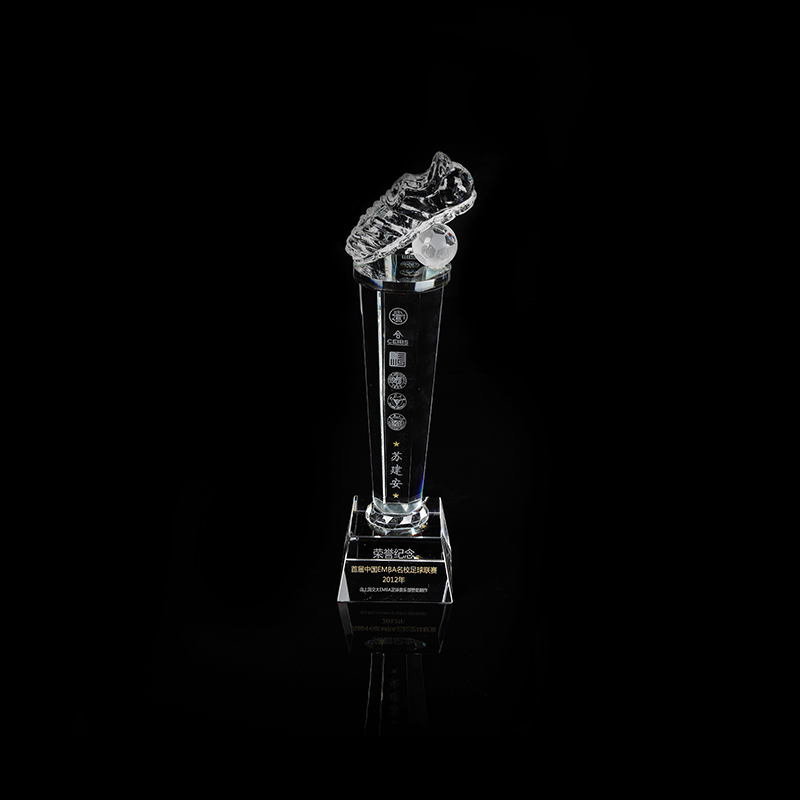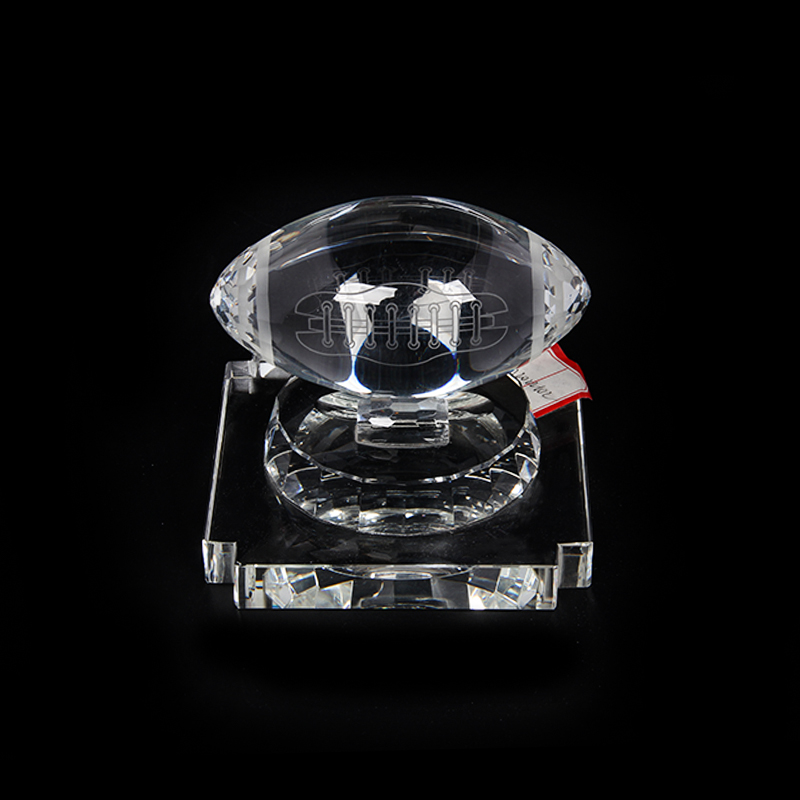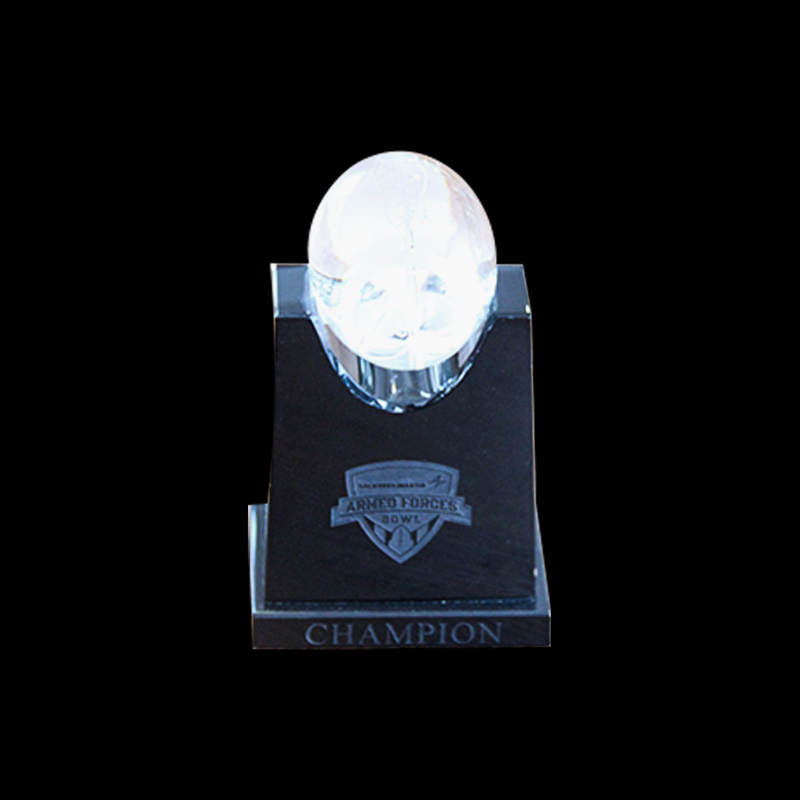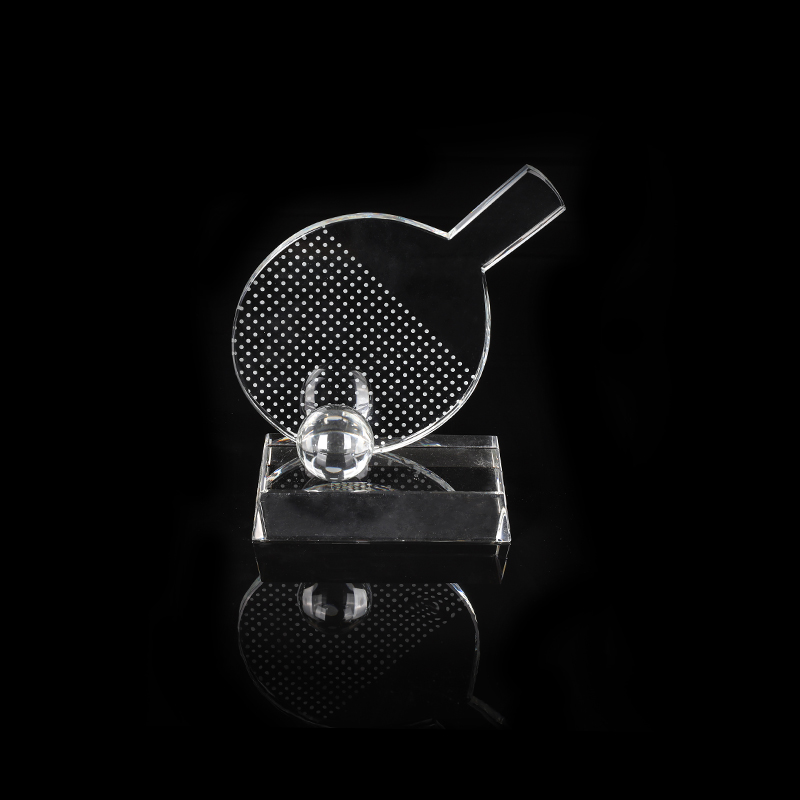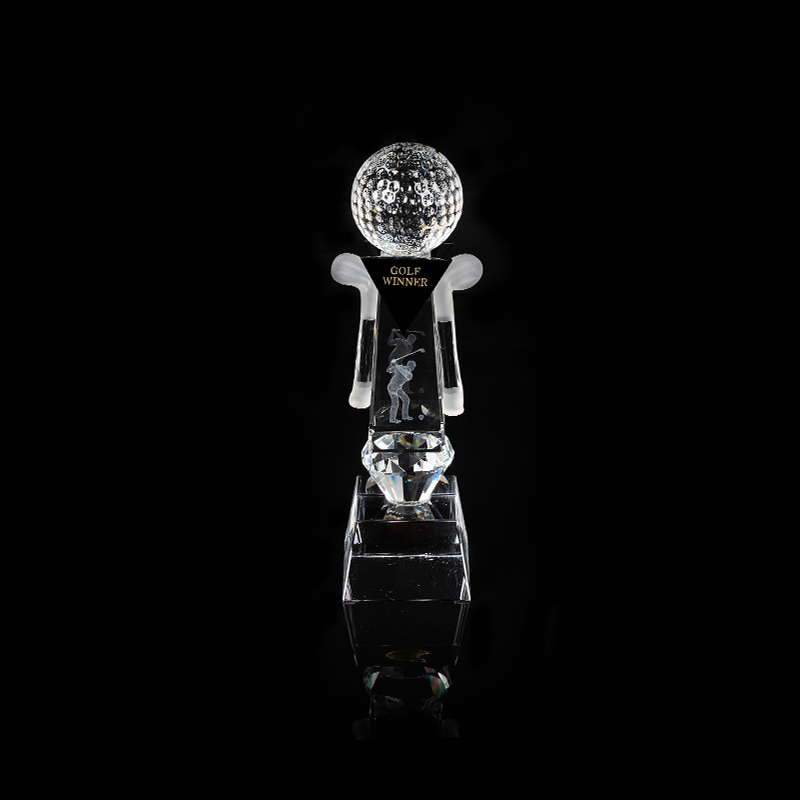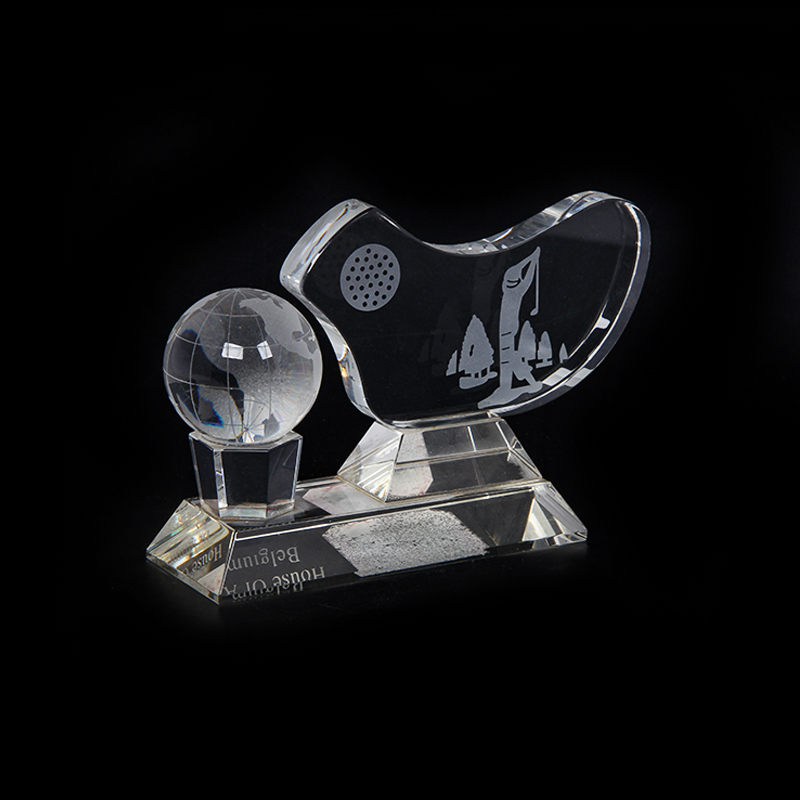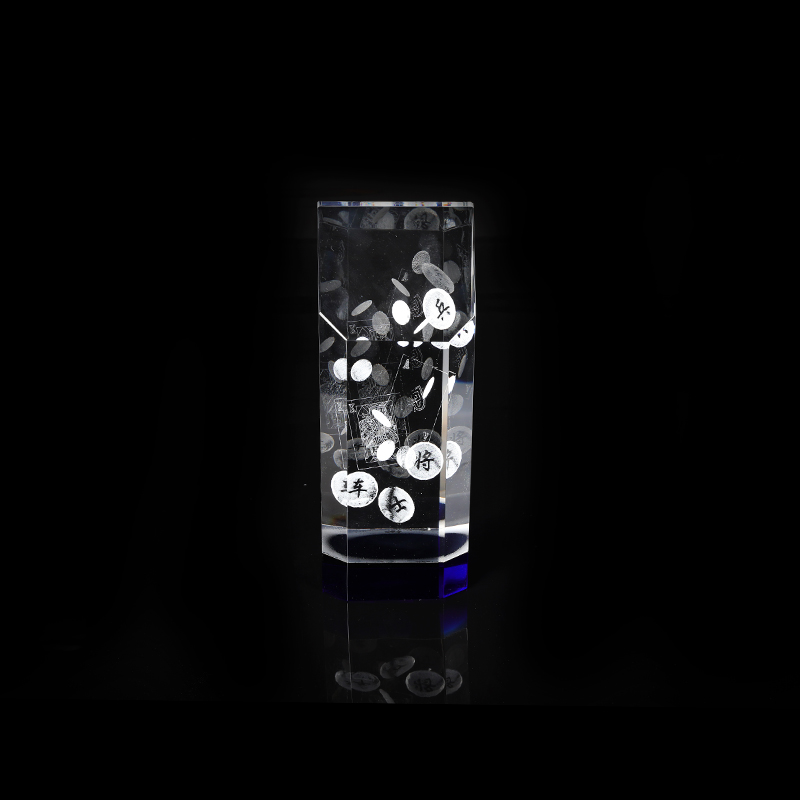Crystal pyramids, including varieties like the Angelite Pyramid, are valued not only for their visual appeal but also for the thoughtful craftsmanship that goes into each piece. Owners often focus on the clarity of the surfaces or the symmetry of the shape, yet the condition of the edges provides some of the clearest insights about how a pyramid has been treated and how it should be maintained. If you display your pyramid together with other items, such as a Crystal Cube Laser or a Crystal Glass Medal, learning to care for the edges helps protect their appearance and extends their useful life in displays or collections.
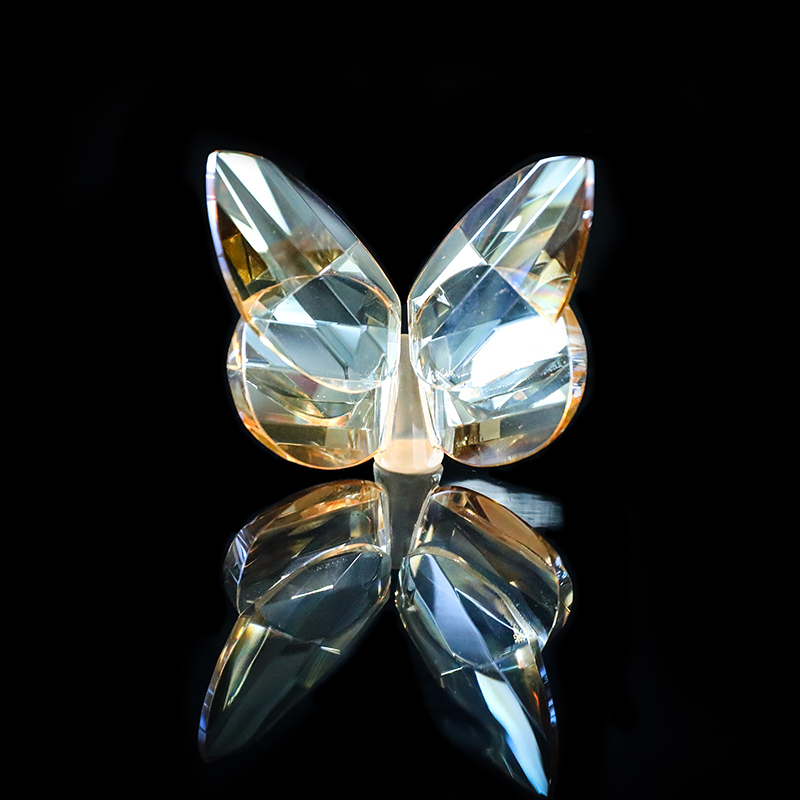
Understanding the Vulnerability of Edges
The edges of crystal pyramids are often the area where microscopic contact marks appear. Even with gentle handling, repeated placement on hard surfaces or contact with other decorative objects can cause microscopic scuffs, tiny nicks, or areas that don't feel as smooth.
Edges are shaped during precise cutting and grinding processes, which define the clean transition between each face. Integrated methods that coordinate cutting and grinding are often used to achieve uniform edge lines and a consistent appearance. However, any surface, no matter how carefully produced, can gradually change in appearance if not maintained.
Examining your pyramid under good lighting can help you detect early wear. Look for faint cloudiness or small inconsistencies in how the edge reflects light. These indications often mean it is time to adjust cleaning routines or storage practices.
Gentle Cleaning Techniques for Edge Preservation
Cleaning your crystal pyramid should involve minimal pressure and non-abrasive materials. Strong cleaning agents or coarse cloths can cause dull spots or fine scratches along the edges. Instead, use a soft microfiber cloth, dampened with a mild, pH-neutral solution diluted in warm water.
Support the pyramid with one hand to avoid slipping, and clean in smooth, light motions across the surface. Edges can be particularly sensitive to friction, so avoid scrubbing. If there is visible residue along an edge, place the damp cloth over it and leave it for a short period to soften any buildup before wiping gently.
When maintaining other crystal items such as a Crystal Cube Laser or Crystal Glass Medal, you can follow the same principle: prioritize soft cloths, minimal cleaning fluid, and light movements to protect the integrity of each edge and face.
Protecting Edges During Storage and Display
Proper storage plays an essential role in preventing edge wear. Placing a crystal pyramid on an unpadded shelf or next to hard materials increases the chance of nicks or chipping. For display purposes, a cushioned base made of felt or other soft material can help absorb impact.
Avoid storing your pyramid where temperature and humidity fluctuate significantly. In such conditions, condensation can develop along edges and fine cracks, eventually making small flaws more visible. Crystal Glass Medals, which are often displayed together with pyramids in commemorative arrangements, can also be affected by temperature shifts, so maintaining a stable environment is recommended.
If you own several crystal pieces, separate them by using dividers or fabric to prevent them from knocking together. This precaution is especially useful when moving items or reorganizing displays.
The Connection Between Edge Quality and Production Methods
Many people are surprised to learn that the precision of a pyramid’s edge is not only a result of cutting but also of how grinding and polishing are applied afterward. Integrated production techniques often combine cutting and grinding in a coordinated process. This approach aims to create a continuous, even surface along the edges while reducing the likelihood of distortion.
Although this production method contributes to a high degree of definition, it is still essential to handle the pyramid thoughtfully. Over time, even the smoothest edges will show evidence of contact if moved frequently or stored without protection. Understanding that the quality of production provides a strong starting point—but does not remove the need for routine care—can help you make informed decisions about maintenance.
Recognizing Early Changes and Responding Appropriately
Not all changes to an edge’s appearance mean damage has occurred. For example, a slightly cloudy film can often be removed through careful cleaning. However, if you notice a small chip, avoid trying to polish or file it yourself. Attempting to smooth an edge without experience may result in more noticeable irregularities.
In situations where an edge shows more prominent chips, consult a specialist familiar with the properties of crystal and glass. They can assess whether a controlled re-polishing process can help restore consistency without affecting the pyramid’s proportions.
Integrating Crystal Care Into Routine Practices
Caring for your crystal pyramid, as well as other items such as crystal cube lasers or crystal glass medals, needs to be an ongoing habit, not an occasional one. Gently wiping it with a soft cloth once a week will help remove particles from the edges that can cause micro-abrasions.
Whenever you move your pyramid, use both hands and avoid dragging it across hard surfaces. Even short movements can leave marks that accumulate over time. If you need to pack the pyramid away for storage or transport, wrap it individually in a soft material to prevent contact with harder objects.
By paying attention to these smaller details, you can keep your crystal pyramid’s edges in good condition and preserve the clarity and craftsmanship that drew you to the piece. Simple, consistent care can support the visual qualities of the pyramid and help it remain a valued part of your collection or workspace.

 English
English 中文简体
中文简体 عربى
عربى
